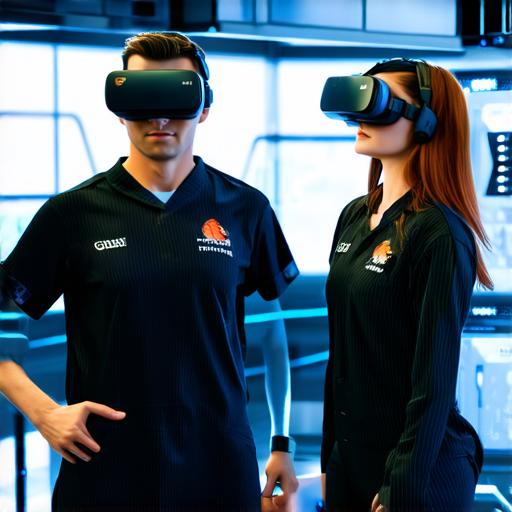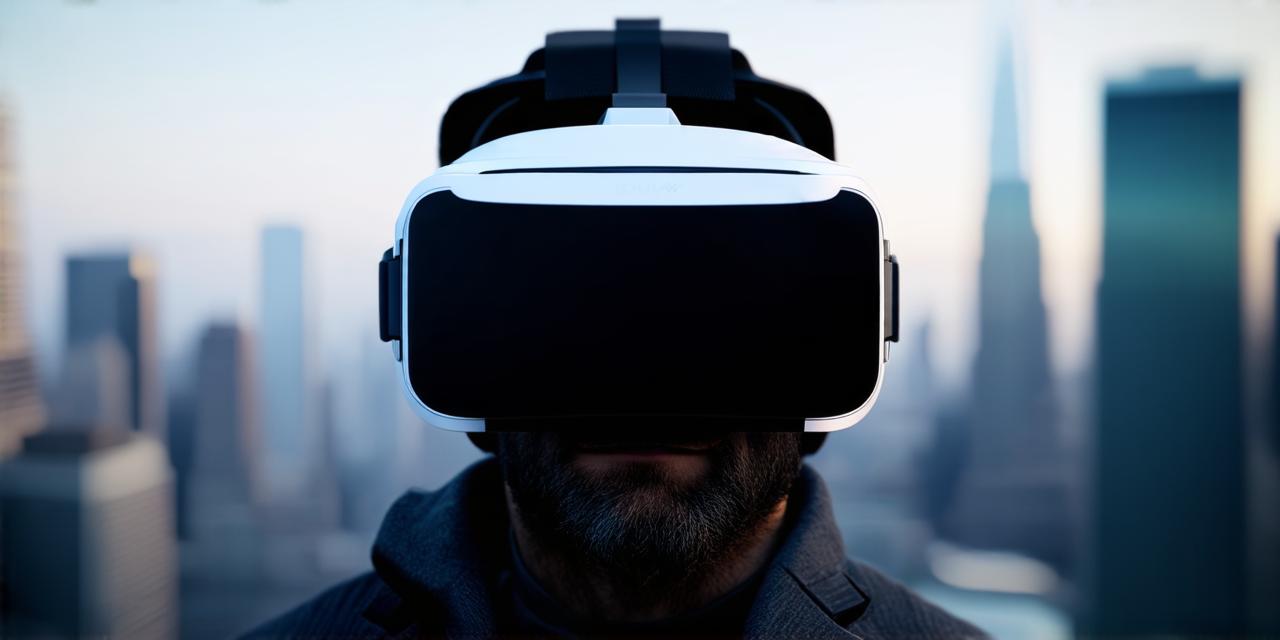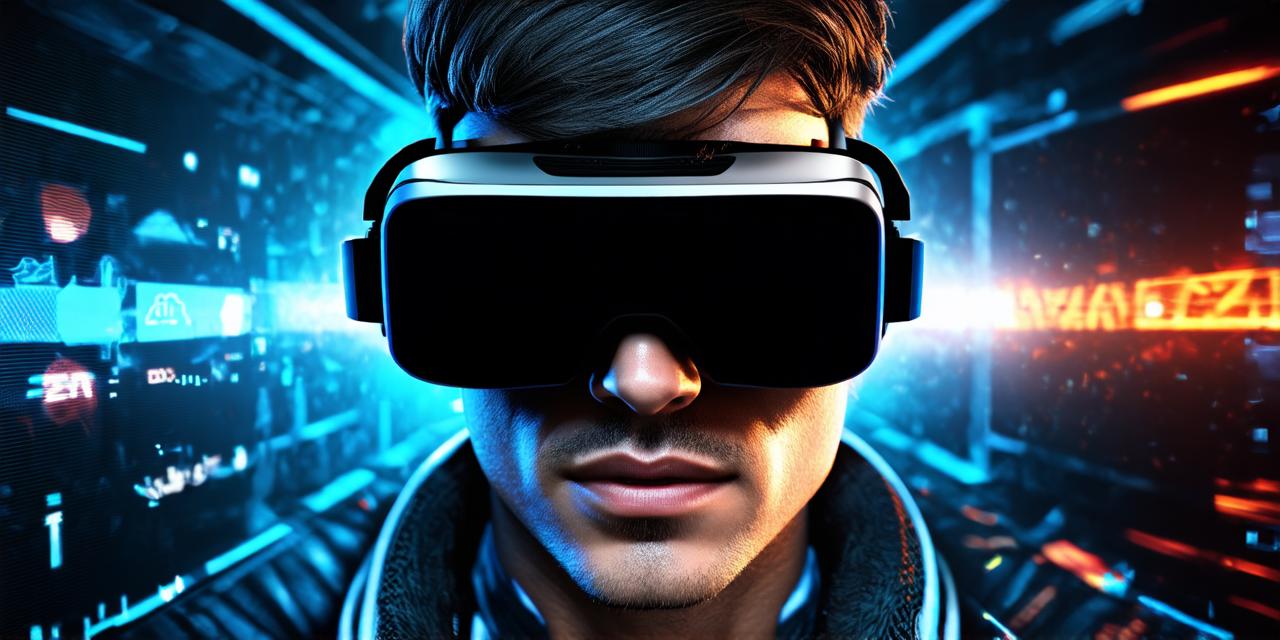Advantages of Virtual Reality Training
Virtual reality offers numerous benefits over traditional training methods. These include:
- Realistic Experiences: VR allows trainees to experience real-life scenarios in a safe and controlled environment, enabling them to develop the necessary skills and knowledge they need to succeed in their job without putting themselves or others at risk. This is especially beneficial for industries that require hands-on training with potentially hazardous situations, such as healthcare and military.
- Cost Effective: Traditional training methods such as classroom instruction or hands-on training can be expensive. VR training is often more cost-effective in the long run as it eliminates the need for physical equipment and materials, resulting in lower training costs. It also reduces the risk of injury and damage to equipment, which further increases its cost-effectiveness.
- Increased Engagement: VR provides a highly engaging and interactive experience that keeps trainees motivated and focused, leading to better retention of knowledge and skills. This is particularly helpful for individuals who learn better through visual and hands-on experiences rather than traditional classroom instruction.
- Customization: VR allows trainers to create customized training experiences tailored to the specific needs of their organization or employees. This ensures that the training is relevant and effective, improving the trainees’ overall learning experience.

Case Studies in Virtual Reality Training
Virtual reality has already been adopted for training purposes across various industries. Here are some examples:
- Healthcare: VR has been used to train healthcare professionals such as medical students and surgeons in simulated surgical procedures. These simulations provide a safe environment for trainees to practice their skills and reduce the risk of errors during real-life surgeries. For example, the Stanford University School of Medicine uses VR to train medical students in laparoscopic surgery, a minimally invasive procedure that requires precision and skill.
- Manufacturing: VR has been used to train manufacturing workers on new equipment and processes. These simulations provide a safe environment for trainees to practice their skills and reduce downtime for the company. For example, GE Aviation uses VR to train aircraft maintenance technicians in simulated aircraft repair procedures, which reduces the risk of errors and improves productivity.
- Military: VR has been used to train military soldiers for combat situations. These simulations provide a safe environment for trainees to practice their skills and improve their readiness for deployment. For example, the U.S. Army uses VR to train soldiers in simulated battle scenarios, which helps them develop their decision-making and leadership skills in a controlled environment.
- Automotive: VR has been used to train automotive engineers and technicians on new car models and components. These simulations provide a safe environment for trainees to practice their skills and reduce the risk of errors during real-life testing and manufacturing processes. For example, BMW uses VR to train its engineers in simulated vehicle testing procedures, which reduces the need for physical testing and saves time and money.
Personal Experiences with Virtual Reality Training
As an AR developer, I have had the opportunity to work on several virtual reality training projects. Here are some of my experiences:
- Medical Training: One project involved creating a VR simulation for medical students to practice laparoscopic surgery. The simulation was highly interactive and provided trainees with realistic feedback on their performance. This allowed them to identify areas where they needed improvement and made the training experience more effective.
- Manufacturing Training: Another project involved creating a VR simulation for manufacturing workers to learn about new equipment and processes. The simulation was highly engaging and kept trainees motivated throughout the training process. They were able to practice their skills in a safe environment, which reduced the risk of errors and improved productivity.
- Military Training: I worked on a project that involved creating a VR simulation for military soldiers to prepare for combat situations. The simulation was highly realistic and provided trainees with an immersive experience that simulated real-world battle scenarios. This allowed them to develop their decision-making and leadership skills, which were critical in a combat environment.
FAQs
1. What industries use virtual reality training?
Virtual reality training is used across various industries, including healthcare, manufacturing, military, automotive, and many others.
2. What are the benefits of virtual reality training compared to traditional methods?
Virtual reality training provides a safe environment for trainees to practice their skills, reduces downtime and injury risk, and improves engagement and customization.
3. How effective is virtual reality training in retaining knowledge and skills?
Virtual reality training has been shown to be highly effective in retaining knowledge and skills, as it provides a realistic and interactive experience that keeps trainees motivated and focused.
4. What are some examples of industries using virtual reality training?
Examples of industries using virtual reality training include healthcare, manufacturing, military, automotive, and others.




